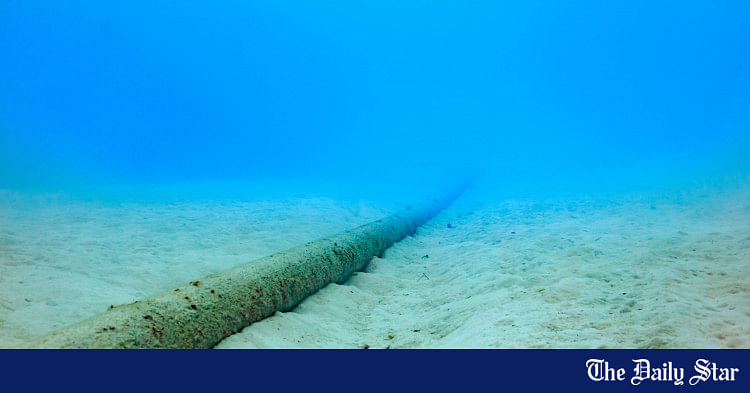Undersea Cable Breakage Slows Internet
Undersea cable breakage is a common problem that can disrupt Internet services for millions of users around the world. These cables, which run along the ocean floor, are responsible for transmitting data between continents at high speeds. When a cable is damaged or breaks, it can lead to slow Internet speeds, disrupted connections, and even complete outages for some users.
Causes of Undersea Cable Breakage
There are several reasons why undersea cables might break. One of the most common causes is natural disasters, such as earthquakes, tsunamis, and underwater landslides. These events can damage the cables or cause them to become dislodged from their moorings, resulting in breaks or interruptions in service.
Human activities, such as fishing trawlers or anchoring ships, can also damage undersea cables. When these vessels inadvertently snag a cable with their equipment, it can lead to breaks that disrupt Internet service for entire regions.
Impact of Undersea Cable Breakage
When an undersea cable breaks, the impact on Internet service can be significant. Users in the affected regions may experience slow speeds, dropped connections, and difficulty accessing websites and online services. In some cases, Internet service providers may need to reroute traffic through alternate cables, which can lead to increased latency and reduced performance.
Businesses that rely on a stable and fast Internet connection may suffer financial losses as a result of undersea cable breakage. E-commerce sites may experience a decrease in sales, while remote workers may struggle to access critical systems and files.
Preventing Undersea Cable Breakage
While it is impossible to completely eliminate the risk of undersea cable breakage, there are steps that can be taken to reduce the likelihood of these events. Some cable operators use reinforced cables or bury them deeper in the ocean floor to protect them from damage. Regular inspections and maintenance can also help to identify potential issues before they lead to breaks.
Conclusion
Undersea cable breakage is a serious issue that can have far-reaching consequences for Internet users around the world. By understanding the causes of cable breaks and taking steps to prevent them, we can help to ensure a more reliable and resilient Internet infrastructure. It is important for Internet service providers, businesses, and governments to work together to address this issue and minimize the impact of undersea cable breakage on global connectivity.
FAQs
What should I do if my Internet connection is slow due to undersea cable breakage?
If you are experiencing slow Internet speeds due to undersea cable breakage, contact your Internet service provider for updates on the situation. They may be able to provide information on when the issue is expected to be resolved or offer alternative solutions to improve your connection speeds.
How long does it typically take to repair an undersea cable breakage?
The time it takes to repair an undersea cable breakage can vary depending on the location and severity of the damage. In some cases, repairs can be completed within a few days, while more extensive damage may require weeks or even months to repair. Internet service providers typically work quickly to restore service as soon as possible in order to minimize disruptions for their customers.
Are there any ways to improve Internet connectivity in regions prone to undersea cable breakage?
One potential solution for improving Internet connectivity in regions prone to undersea cable breakage is the development of alternative communication technologies, such as satellite internet or high-altitude balloons. These wireless technologies can provide a backup connection in the event of a cable breakage, helping to ensure that users in these regions have access to reliable Internet service.




